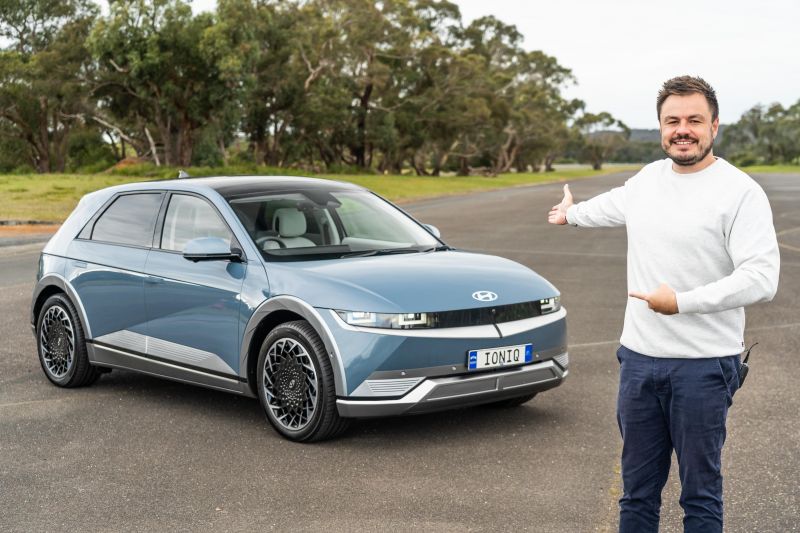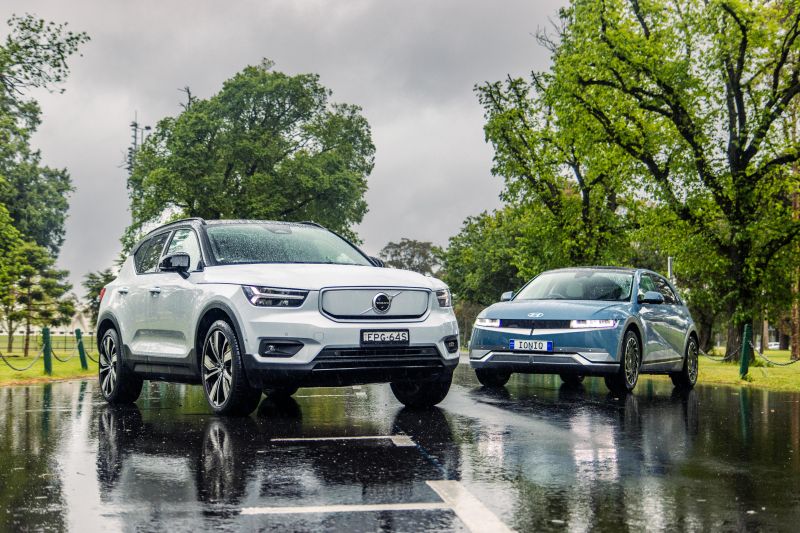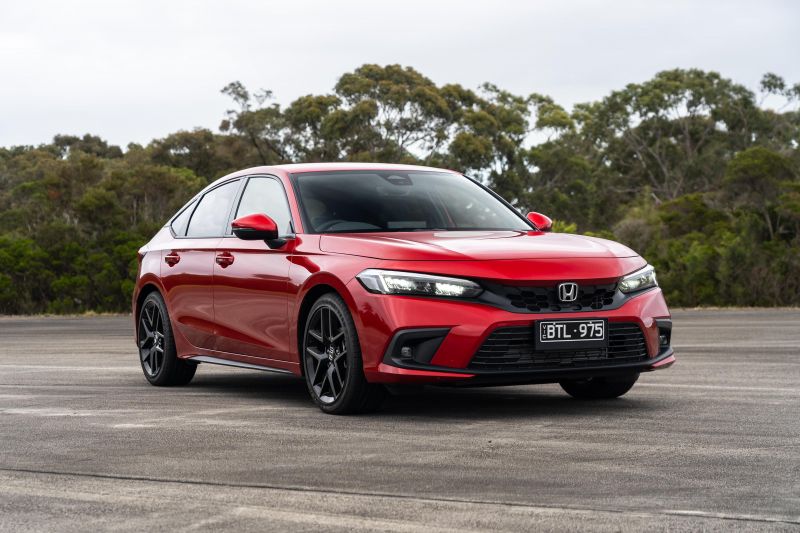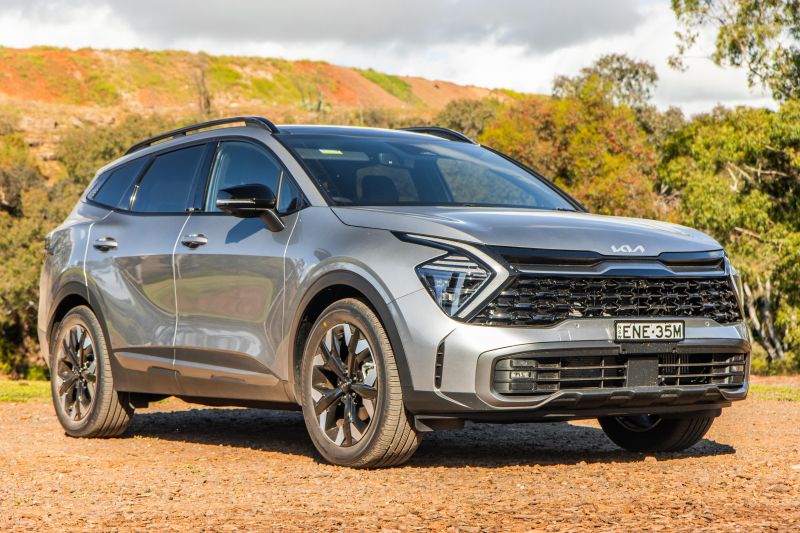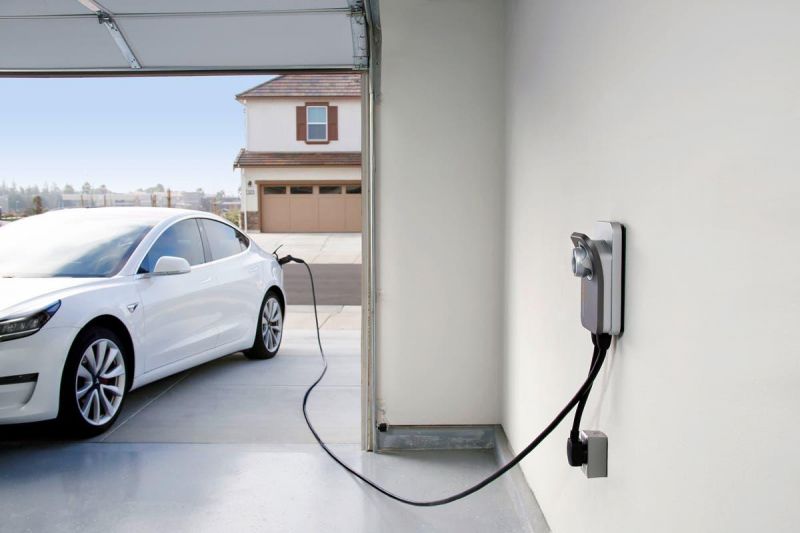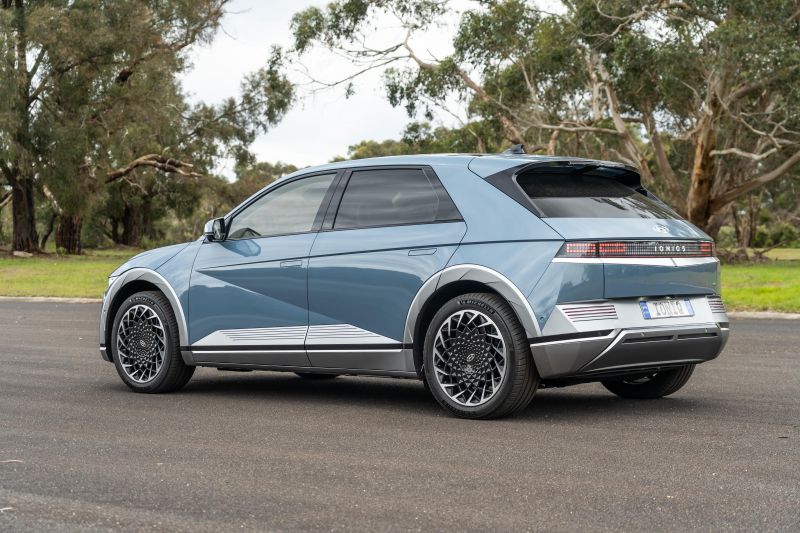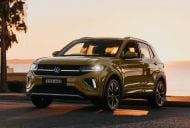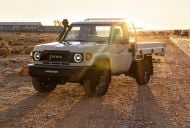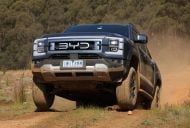At the risk of sounding too negative, we in the Editorial team here at CarExpert have singled out the things that disappointed us the most in 2021.
Look at it from a glass half full perspective, however, and you could say these are the things we’re most hopeful to see change. There, that sounds more positive!
Let us know if you agree, and tell us your disappointments in the comments section.
Paul Maric
Hyundai Ioniq 5
This is going to sound strange. I loved the Hyundai Ioniq 5 as an idea – it looks great, is punchy enough and comes with an eco-friendly interior. And, overall, I really enjoyed the car, but there was one part of it that we exposed that disappointed me and it ended up disappointing me so much that it has made it on to my list for 2021.
Given Melbourne’s continuous lockdowns during 2021 (and 2020), we had to start filming a lot of content at the VinFast proving ground (formerly the Holden proving ground) and it gave us a chance to test cars across a variety of simulated road conditions that we wouldn’t normally have access to.
These road conditions unearthed the lack of local ride and handling tuning in the Ioniq 5. While Kia continues to invest in local ride and handling tuning, it seems Hyundai has throttled back. And, with the Ioniq 5 it really shows.
While the vehicle was lauded by a number of other publications, the breadth of test roads at the proving ground revealed the lack of body control and the poor handling as speeds increased. Most people won’t have an issue with it driving it around town or on a smooth highway, but if you venture out to a country road at highway speeds or find yourself a nice set of corners, it begins to show its flaws.
I was also pretty disappointed with the packaging. It has a tiny cargo area up front and the rear cargo space has poor cargo packaging (remember there’s no spare tyre or fuel tank beneath the cargo floor).
Anyway, it’s a really nice car, but let down in two key areas that would strike it from my purchase list.
Anthony Crawford
Electric vehicle availability
There’s so much hype around EVs and yet as 2021 winds up and we dive head first into 2022, there’s still only a handful of fully electric vehicles on sale, and most of those are beyond the budgets of the vast majority of buyers.
Also, if you don’t have a Tesla, forget about trying to find a rapid charger in the likes of Sydney. I had to drive 23kms to get to the closest JET Charge facility as recently as this week. The infrastructure just isn’t there yet nor are prices of EVs.
Alborz Fallah
Lewis Hamilton “losing” the F1 world championship. Otherwise, the new Toyota LandCruiser 300 Series… I mean, how to reinvent an icon by making the new one feel as old and outdated as possible already. Zero risk, 100% conservativeness. Yawn.
Scott Collie
Tight electric car supply
Australia is well behind the electric car curve, but we’re catching up. Finally we’re getting a proper variety of electric options, ranging from the affordable MG ZS EV to technology showpieces like the Porsche Taycan and Audi e-tron GT.
Unfortunately, supply to Australia for some of the most exciting new electric cars is heavily constrained. The Volvo XC40 Recharge is sold out, likewise the first Hyundai Ioniq 5 shipment to Australia. It’s not looking like we’re going to see a flood of either model next year. Kia has a limited allocation of the EV6, while cars like the Volkswagen ID.4 are completely off the table because what limited supply there is goes to markets where electric cars are required to meet strict emissions regulations.
It’s great to see more electric options coming to Australia, but there’s still untapped demand out there. Hopefully in 2022 carmakers can finally get a consistent flow of stock.
Mike Costello
Honda Civic pricing
Recency bias notwithstanding, I was frankly flabbergasted that the new Honda Civic kicks off at $47,200 drive-away. It’s a lovely thing, with a great interior and polished dynamics. Looks good, too.
But without an entry level grade starting in the $30,000 range, and a mid-spec model around $35,000, it’ll be extremely tough to get foot traffic in the door. It’s the sort of price tag that essentially ends any pretensions of the iconic Civic being a mainstream product.
I’m not writing Honda off, and I think decent new products can turn things around for them. But if the Civic price and positioning is an accurate foretaste, perhaps I’m being optimistic.
James Wong
The continued decline of options and choice in Australia
I probably sound like a broken record at this point, but it’s sad to see more and more choices taken away from us. I understand that manufacturers need to make money, and that the Australian market is a blip on the radar for the big OEMs, but given there was a time we had such huge choice in terms of models, colours and trims across the board it’s a shame in 2021 it’s a bit well, dull.
Yes, some brands are bringing back bright colours and cool personalisation options, but we’ve seen so many good cars culled (usually passenger models, especially wagons and sports cars) and many brands continue to ‘rationalise’ model lines, paint options and interior colourways so most of the time the palette is 50 shades of grey over your choice of black. C’mon guys and girls, give us more colour!
On the theme of limited choice, it’s also disappointing to see so many hybrids, plug-in hybrids and electric vehicles revealed for other markets and off the table for us. Again, I understand from a business perspective why they may not be ‘economically viable’, but if as a nation we’re trying to reduce our net emissions (lack of Federal Govt strategy notwithstanding), it’s hard for the buying public to really make a difference with limited choice and incentives.
William Stopford
The lack of any cohesive federal EV strategy
With the Future Fuels and Vehicles Strategy, the Australian Government had the chance to show some leadership on electrification but they whiffed it. There were no emissions standards, no federal subsidies for EVs, and only the promise of more charging infrastructure to encourage people to buy EVs. Labor has proposed some incentives but the party is playing its hand very cautiously after the Liberal Party pilloried them last election, and continues to accuse them of trying to control Australian consumers.
Sure, ScoMo is no longer bleating about the “war on the weekend” but he hasn’t addressed any of the issues that leave Australia as a low priority market for automakers. After all, when other markets are strengthening emissions standards and incentivising EVs, it’s more important for automakers’ bottom line to sell as many EVs as possible there. That’s how we’ve ended up with an interminable wait for models like the Volkswagen ID.4, while Hyundai and Kia can only bring us tiny numbers of their impressive new EVs.
The desire for EVs is there for large sections of the Australian population, but unfortunately it’s not just cost that’s holding people back – it’s a lack of availability.
Jack Quick
Hyundai Ioniq 5 initial allocation
The Hyundai Ioniq 5 is a very cool looking car and I can’t wait to see more on the roads.
When I heard there were only 500 vehicles coming as the first allocation I was a little taken aback. I was even more taken aback when I found out that only 240 came in 2021.
I know that Hyundai definitely isn’t alone in feeling the crunch and side-effects of the global semiconductor shortage, but it’s disappointing to see so few come Down Under so far.
Looking forward to 2022, I hope that Hyundai will be able to back its claims and improve its supply so more of the 10,000+ people who expressed interest in the Ioniq 5 can actually experience one.
Derek Fung
The lack of a clear EV policy from the federal government. Actually, let’s broaden this out: the absence of a substantive national CO2 target and clear carbon reduction plan. It’s been 14 years since carbon pricing was first proposed and seven years since the one-year old pricing scheme was axed.

